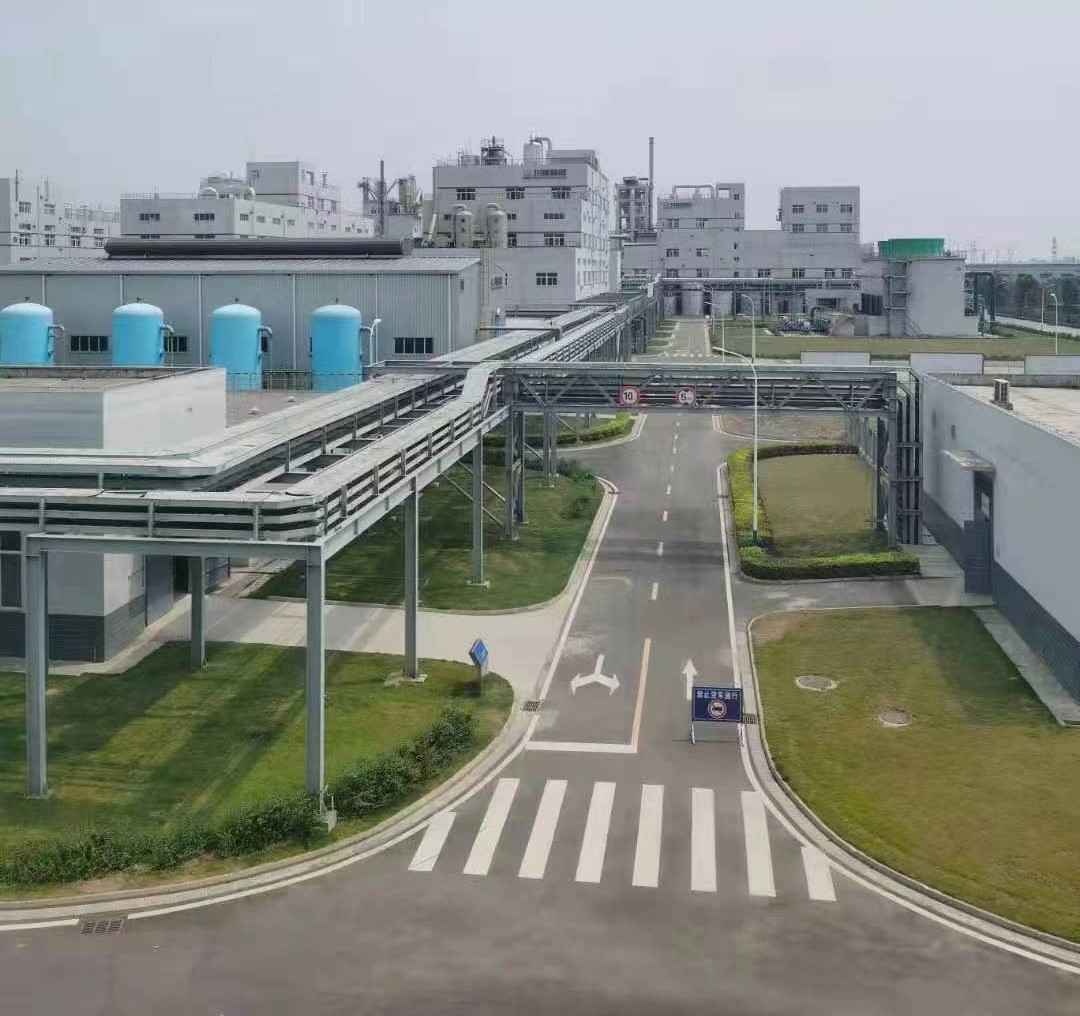Guide you to learn about cyclohexylamine
May,12,25
Guide you to learn about cyclohexylamine
The use of cyclohexylamine
Cyclohexanamine is an important organic compound widely used in multiple industries. In chemical production, cyclohexylamine is often used as an intermediate for the synthesis of various pesticides, dyes, and rubber additives. It is also a precursor for certain drugs, such as cyclohexane antibiotics. Cyclohexanamine is also used as a preservative and corrosion inhibitor, especially in water treatment and metal processing, which can effectively prevent corrosion. Cyclohexylamine is also used as a dye intermediate in the textile industry to increase the durability and stability of dyes.
Chemical properties of cyclohexylamine
Cyclohexanamine, with the chemical formula C6H11NH2, is a cyclic organic compound with an amino group. It appears as a colorless transparent liquid at room temperature and has a fishy odor. Cyclohexylamine is an alkaline substance that can react with acids to form salts. It also has reducibility and can react with oxidants. Cyclohexanamine is flammable and can form explosive gases when mixed with air. When using and storing cyclohexylamine, special attention should be paid to its flammability and explosiveness, and appropriate protective measures should be taken.
Physical properties of cyclohexylamine
The molecular weight of cyclohexylamine is 99.17 g/mol, with a melting point of -17 ° C and a boiling point of 134.5 ° C. It has a high solubility in water, is completely miscible with water, and can also dissolve in most organic solvents such as ethanol and ether. The high vapor pressure of cyclohexylamine indicates that it is prone to volatilization at room temperature. These physical properties determine that cyclohexylamine needs to be prevented from volatilization and leakage during transportation and storage, and stored at low temperatures.
Production method of cyclohexylamine
There are three main methods for producing cyclohexylamine: hydrogenation, reductive amination, and catalytic hydrogenation.
Hydrogenation method: This is one of the most commonly used methods, which uses aniline as raw material and produces cyclohexylamine through hydrogenation reaction under high temperature and high pressure. The advantage of this method is that the raw materials are easy to obtain and the process is relatively simple, but it requires high reaction conditions and efficient catalysts.
Reduction amination method: This method uses cyclohexanone as the raw material and produces cyclohexylamine through reduction and amination reactions. The advantage of the reductive amination method is that the reaction conditions are mild and the product purity is high, but it requires the use of reducing agents and ammonia gas, and the process is relatively complex.
Catalytic hydrogenation method: cyclohexene is used as the raw material to produce cyclohexylamine through catalytic hydrogenation reaction. The characteristics of catalytic hydrogenation method are fast reaction rate and high efficiency, but the selection of catalyst and control of reaction conditions are crucial.
Market demand for cyclohexylamine
The market demand for cyclohexylamine is influenced by multiple factors, including the development of downstream industries and changes in environmental policies. With the continuous development of the pesticide, pharmaceutical, and dye industries, the demand for cyclohexylamine is also increasing year by year. The strengthening of environmental policies has also prompted enterprises to adopt more environmentally friendly production processes, which has increased the demand for high-purity cyclohexylamine. It is expected that the market demand for cyclohexylamine will continue to steadily increase in the coming years.
The safety and environmental impact of cyclohexylamine
Although cyclohexylamine is widely used in industry, its safety and environmental impact cannot be ignored. Cyclohexanamine is corrosive and toxic, and long-term exposure may cause harm to human health, such as skin burns, respiratory irritation, etc. Therefore, strict safety measures must be taken when using and storing cyclohexylamine, such as wearing protective equipment and ensuring good ventilation. The waste disposal of cyclohexylamine also needs to be cautious to avoid polluting the environment. Enterprises should comply with relevant environmental regulations, adopt scientific treatment methods, and reduce environmental emissions of cyclohexylamine.
Research and development of cyclohexylamine
The research and development of cyclohexylamine mainly focuses on optimizing production processes and expanding application fields. The current research direction includes developing more efficient and environmentally friendly catalysts to reduce production costs and minimize environmental pollution. The application research of cyclohexylamine in the fields of new materials and new energy is also constantly advancing, such as its application in lithium battery electrolytes. Through these studies and developments, the comprehensive utilization value of cyclohexylamine is expected to be further enhanced.
conclusion
As an important chemical raw material, cyclohexylamine has broad application prospects and market demand. Its unique chemical and physical properties determine its important position in multiple industries. Although there are certain safety and environmental challenges in the production and use of cyclohexylamine, these issues will gradually be resolved with technological advancements and increased environmental awareness. In the future, through continuous research and innovation, the production process of cyclohexylamine will be more efficient and environmentally friendly, and its application fields will be further expanded, providing strong support for the development of related industries.






